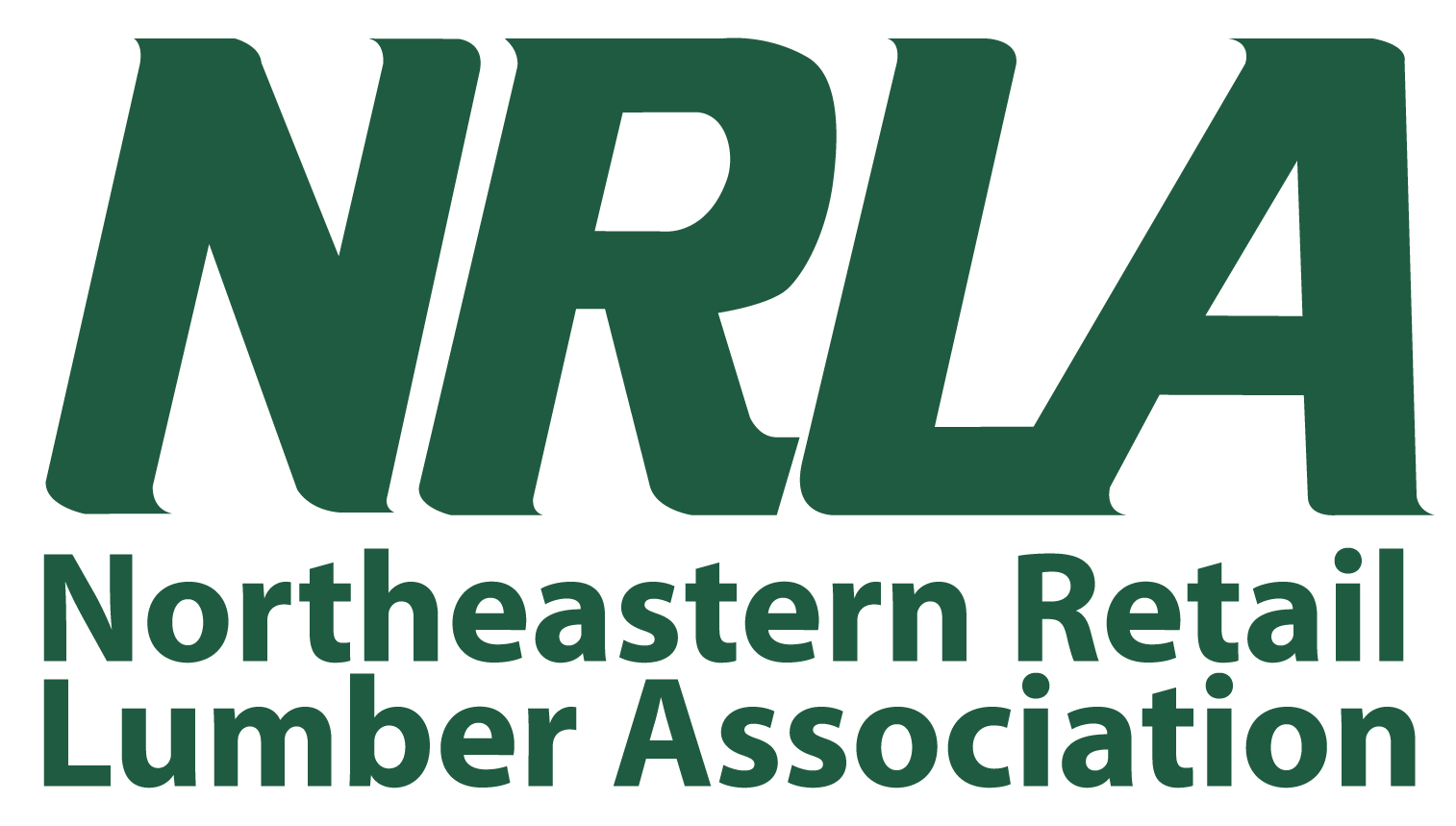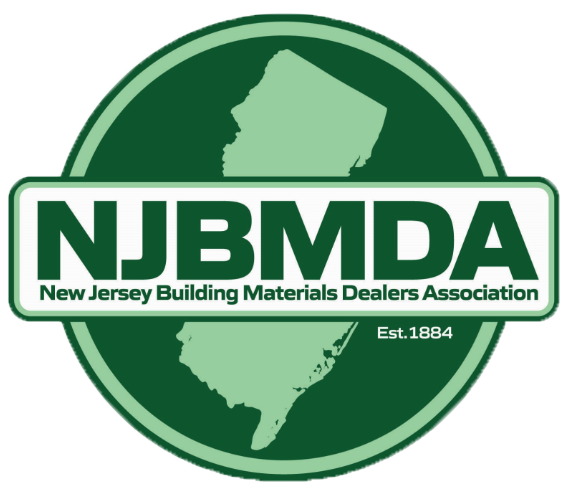Home Electrification
Mandates and bans will increase energy costs and impact energy reliability.
- New Jersey’s small businesses are already paying higher energy bills, and the proposal to require home electrification will only increase energy costs in future years.
- New Jersey must intelligently plan for a green, clean future that does not put the economy or small businesses at risk.
All-Electric Buildings are more expensive to build.
- Studies show that all-electric buildings are more expensive compared to buildings with gas-powered heating systems and appliances.
- The National Association of Home Builders (NAHB) released a study finding that an “all-electric” house compared to a house with gas hookups and appliances is between $10,866 and $15,100 more expensive in cold climates.[1]
No Plan for Implementation
- To fully decarbonize buildings, the state will need to provide robust financial incentives to cover the increased costs without adding new taxes and fees on small businesses.
The Unemployment Insurance Trust Fund
UI tax rates are significantly higher than pre-pandemic levels. These tax shifts resulted in UI tax increases ranging from $177 to $250 per employee.
Small businesses were devastated by the pandemic and their recovery is only delayed with higher UI taxes. Small businesses like ours employ half of New Jersey and generate nearly 50% of New Jersey GDP.
New Jersey should use federal pandemic aid and/or state revenues to help pay off the UI debt and replenish the UI Trust Fund.
The American Rescue Plan delivered $6.43 billion in unrestricted aid to New Jersey as well as another $1.82 billion in direct aid to municipalities, in addition to CARES Act funding in 2020.
More than 30 states have used federal pandemic aid to help restore their UI systems.
New Jersey has the money and should use it to address the unemployment trust fund crisis. Otherwise, small businesses will continue to pay crippling state and federal UI taxes and interest assessments for at least the next 6 years.
Workforce Development & NJ Pathways
Continued support of Workforce development program with our State, Community Colleges and Universities, Organized Labor and our High School Technical programs, are necessary to help develop the careers in trades for the future especially in the construction industry.
The pandemic has shown us the vulnerability in the global supply chain, reminding us all of how interconnected our state is to the global economy. Today, employers in a wide variety of industries need employees with new and more technically diverse skills to manage the moving of goods and the managing of the supply chain and to better prepare for future disruptions. In 2020, 400,000 individuals worked in supply chain management and logistics occupations. These jobs account for 12.5% of the state’s private sector, which is higher than the national average of 9.5%.
The Following Community Colleges are focused on Global Supply Chain
- Hudson County Community College
- Rowan College at Burlington County
- Union College
- Salem Community College
Address the on-going Property Tax Issue
This year’s budget has a $2 billion commitment to the Anchor new program. The eligibility and income requirements result in more than 2 million homeowners and renters being eligible to receive Anchor benefits.
The average New Jersey property-tax bill increased last year to a record high of $9,284. And while the rate of annual growth has been slowing in recent years, average bills have gone up collectively by more than $1,500 overall since 2011, before adjusting for inflation.
New Jersey itself was also found to have the highest median property-tax bills among the 50 states when looking at bills as a percentage of value.
We need systemic changes to our Systems (School Funding and/or Pension System) to address municipal cost outside of the property tax system.
[1] “Cost and Other Implications of Electrification Policies on Residential Construction.” Home Innovation Research Labs for National Association of Home Builders, Feb. 2021. https://www.nahb.org/-/media/NAHB/nahb-community/docs/committees/construction-codes-and-standards-committee/home-innovation-electrification-report-2021.pdf.

